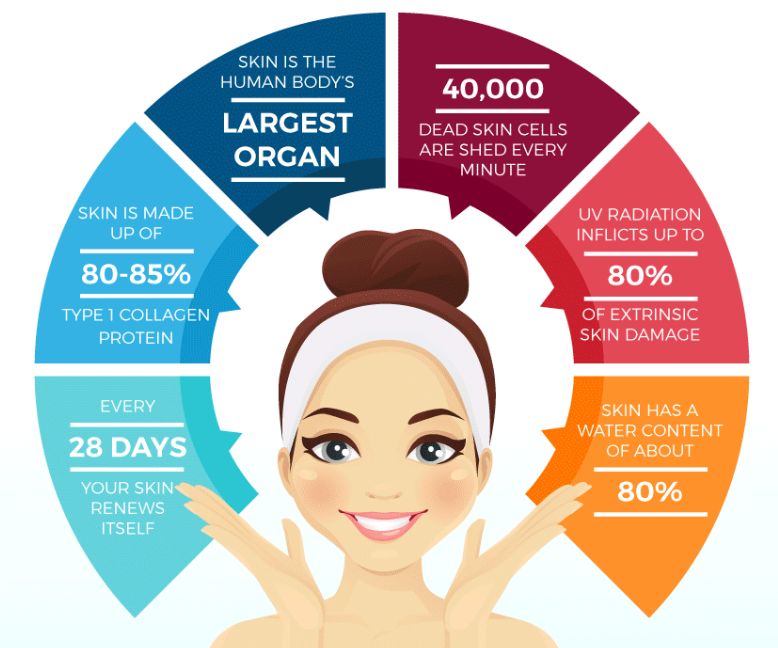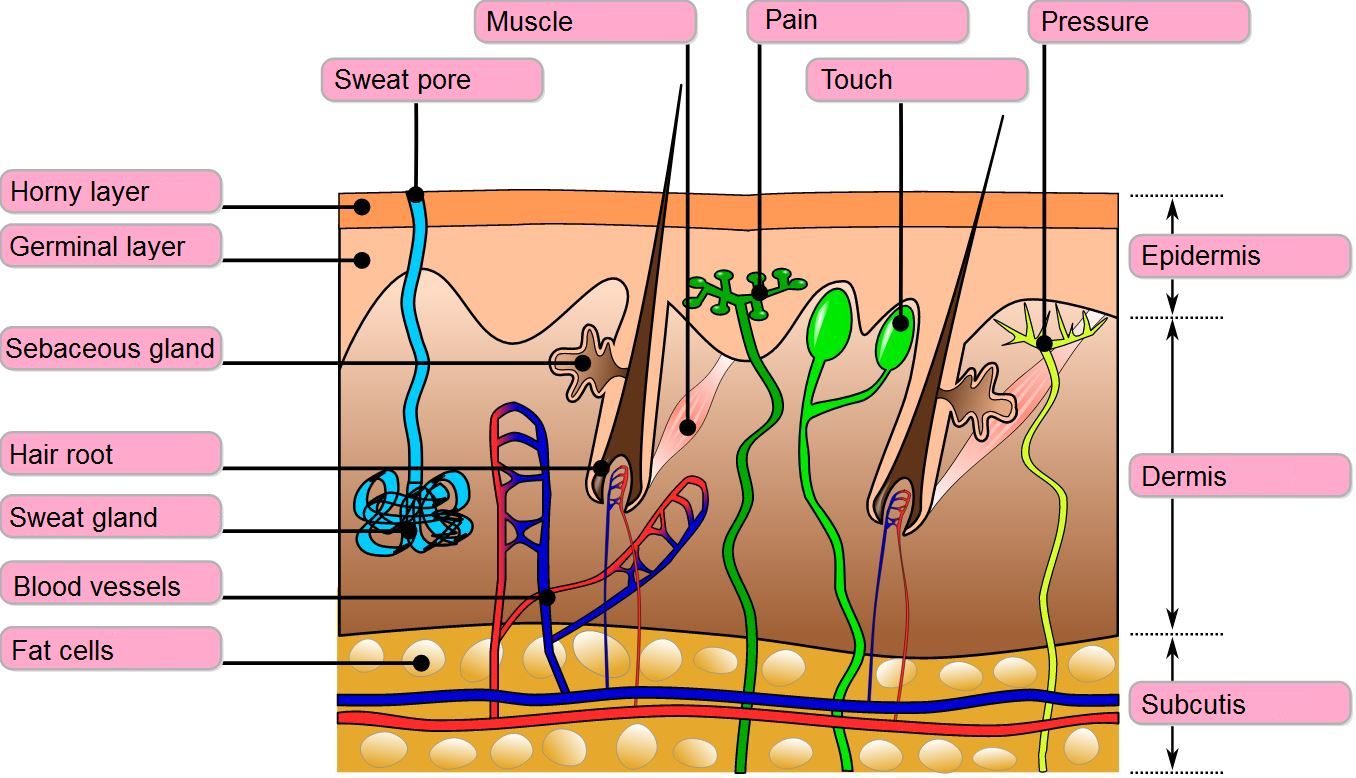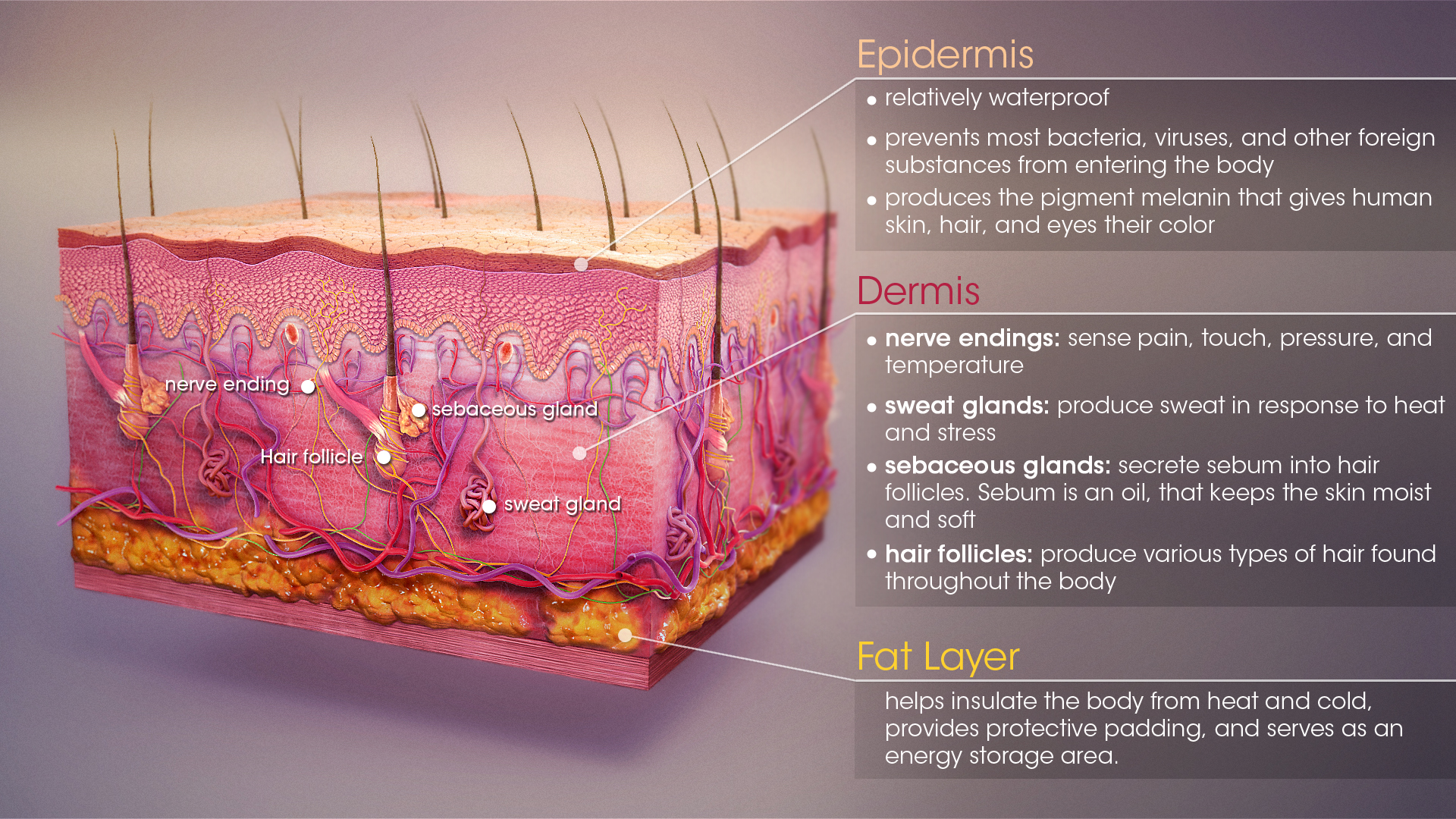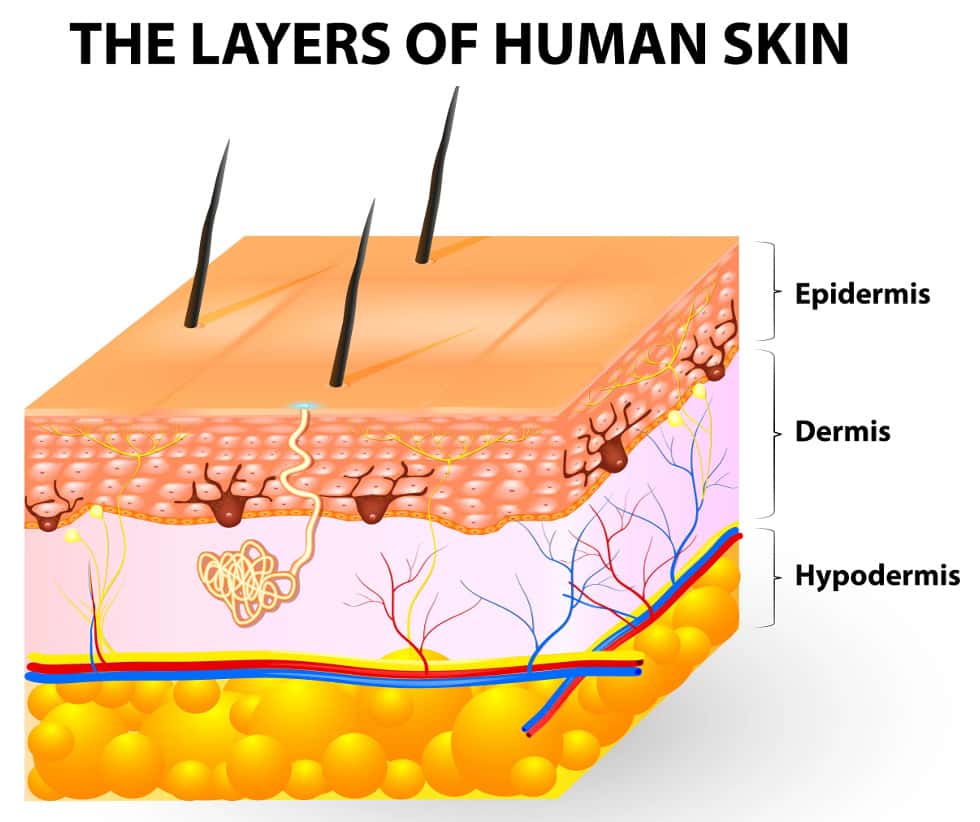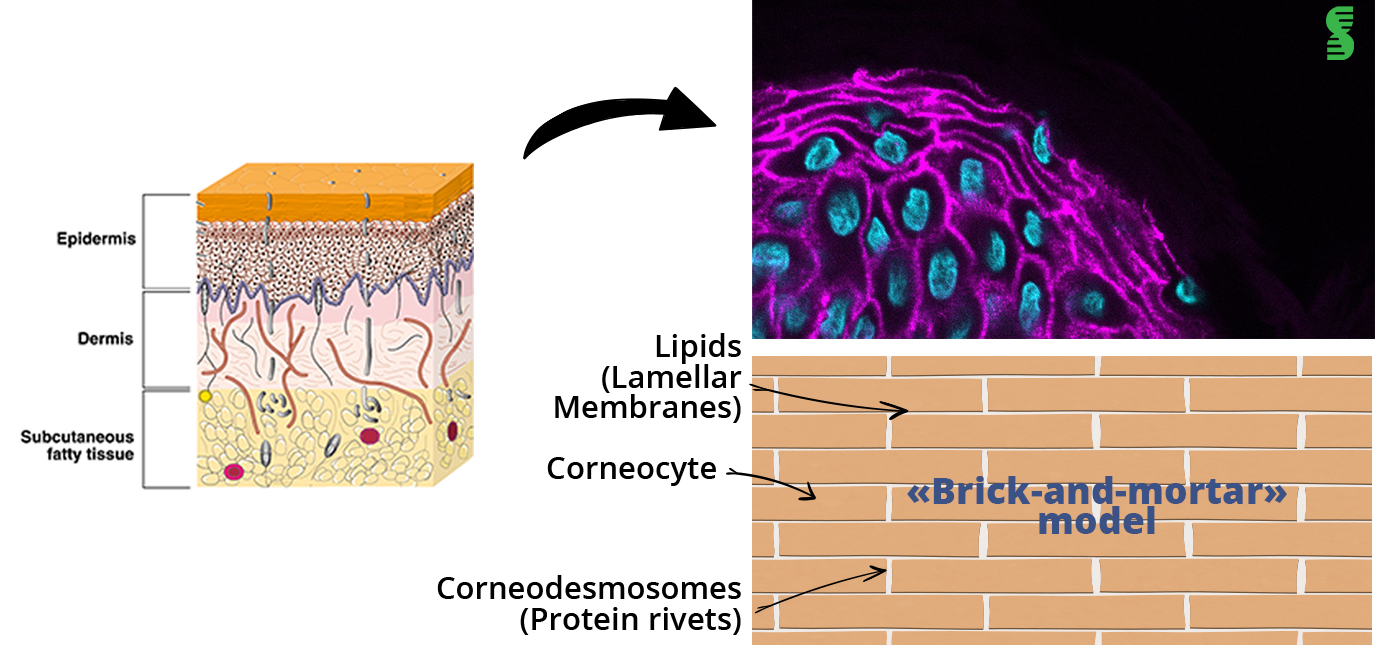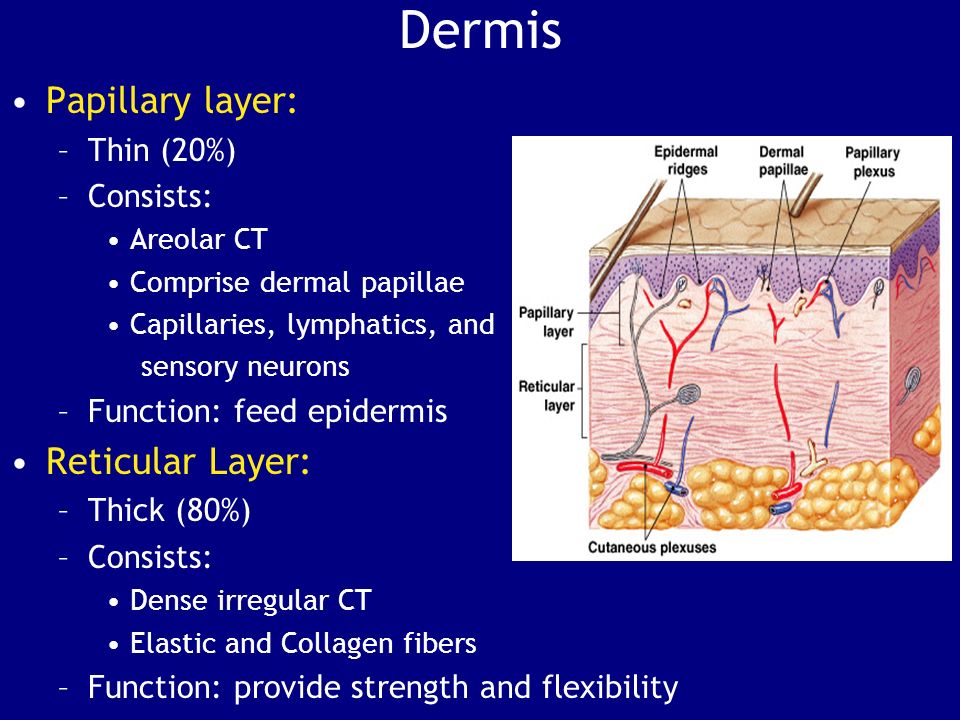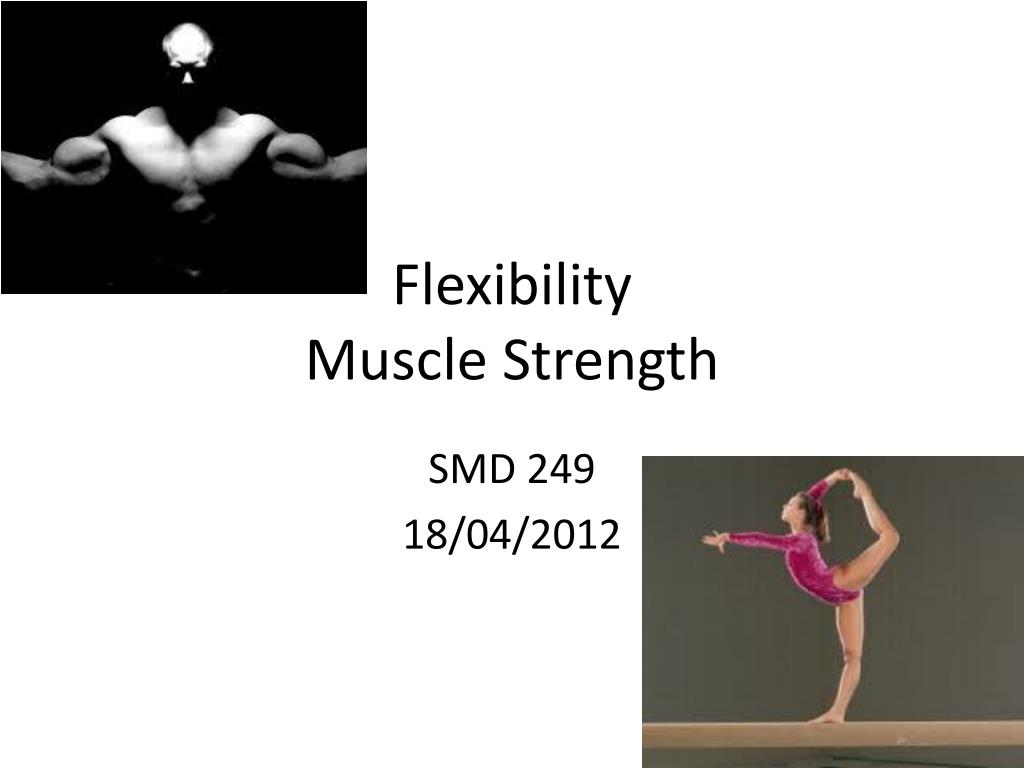The Skin Gets Its Strength Form And Flexibility From

For centuries, scientists have strived to unravel the intricate mechanisms that grant human skin its remarkable properties: strength, form, and flexibility. Recent breakthroughs in biomedical research are finally shedding light on the complex interplay of structural proteins, cellular interactions, and biochemical processes that contribute to the skin's unique characteristics. This knowledge promises to revolutionize dermatology, wound healing, and cosmetic treatments.
Understanding the fundamental sources of skin's integrity is crucial for developing effective therapies for skin disorders, aging-related changes, and injuries. This understanding allows for targeted interventions that can enhance skin health and resilience.
The Dermal Matrix: A Scaffold of Strength
The dermis, the skin's middle layer, is the primary source of its strength and form. This layer is composed of the extracellular matrix (ECM), a complex network of proteins and other molecules that provides structural support and facilitates cellular communication.
Collagen, a fibrous protein, is the most abundant component of the ECM, accounting for approximately 70-80% of the dermis' dry weight. Its triple-helical structure provides exceptional tensile strength, resisting stretching and tearing.
Several types of collagen exist, with type I collagen being the most prevalent in the dermis. These collagen fibers are organized in a specific manner, providing the structural framework that maintains the skin's shape and integrity.
Elastin: The Key to Flexibility
While collagen provides strength, elastin is responsible for the skin's ability to stretch and recoil. This crucial protein allows the skin to return to its original shape after being deformed, preventing sagging and wrinkles.
Elastin fibers are interwoven with collagen fibers in the dermis, creating a resilient network. This network allows the skin to withstand repetitive movements and maintain its flexibility throughout life.
The production of elastin decreases with age, contributing to the loss of skin elasticity and the formation of wrinkles.
Cellular Contributions: Fibroblasts and More
Fibroblasts are the primary cells responsible for synthesizing and maintaining the ECM. These cells produce collagen, elastin, and other ECM components, ensuring the skin's structural integrity.
Fibroblasts also play a crucial role in wound healing, migrating to the site of injury and producing new ECM to repair damaged tissue. This process involves a complex cascade of signaling molecules and cellular interactions.
Other cells, such as immune cells and blood vessels, also contribute to skin health by providing nutrients, oxygen, and immune defense.
Hyaluronic Acid: Hydration and Volume
Hyaluronic acid (HA), a glycosaminoglycan, is another important component of the ECM. HA is a water-binding molecule that helps to keep the skin hydrated and plump.
HA attracts and retains water molecules, creating a hydrated environment that supports cellular function and maintains skin volume. The levels of HA in the skin decrease with age, contributing to dryness and wrinkles.
HA is commonly used in cosmetic products and injectable fillers to improve skin hydration and reduce the appearance of wrinkles.
The Epidermis: A Protective Barrier
While the dermis provides the structural foundation, the epidermis, the outermost layer of skin, acts as a protective barrier against the environment. This layer is composed of keratinocytes, specialized cells that produce keratin, a tough, fibrous protein.
Keratin provides the epidermis with its strength and impermeability, protecting the body from dehydration, UV radiation, and pathogens. The epidermis is constantly being renewed, with new cells replacing older ones that are shed from the surface.
The interaction between the epidermis and dermis is crucial for maintaining skin health. This interaction ensures the skin's overall strength, form, and flexibility.
Research and Future Implications
Ongoing research is focused on understanding the complex interplay of these factors to develop novel therapies for skin disorders and aging. Scientists are exploring ways to stimulate collagen and elastin production, enhance HA synthesis, and protect the skin from environmental damage.
Specifically, researchers are investigating the use of growth factors, peptides, and other bioactive molecules to promote ECM synthesis and improve skin elasticity. Gene therapy and stem cell therapy are also being explored as potential treatments for severe skin damage and aging.
These advancements hold the potential to revolutionize dermatology and improve the quality of life for individuals affected by skin conditions and the effects of aging. By unlocking the secrets of skin's strength, form, and flexibility, scientists are paving the way for a future where healthy, youthful skin is within reach for everyone.

